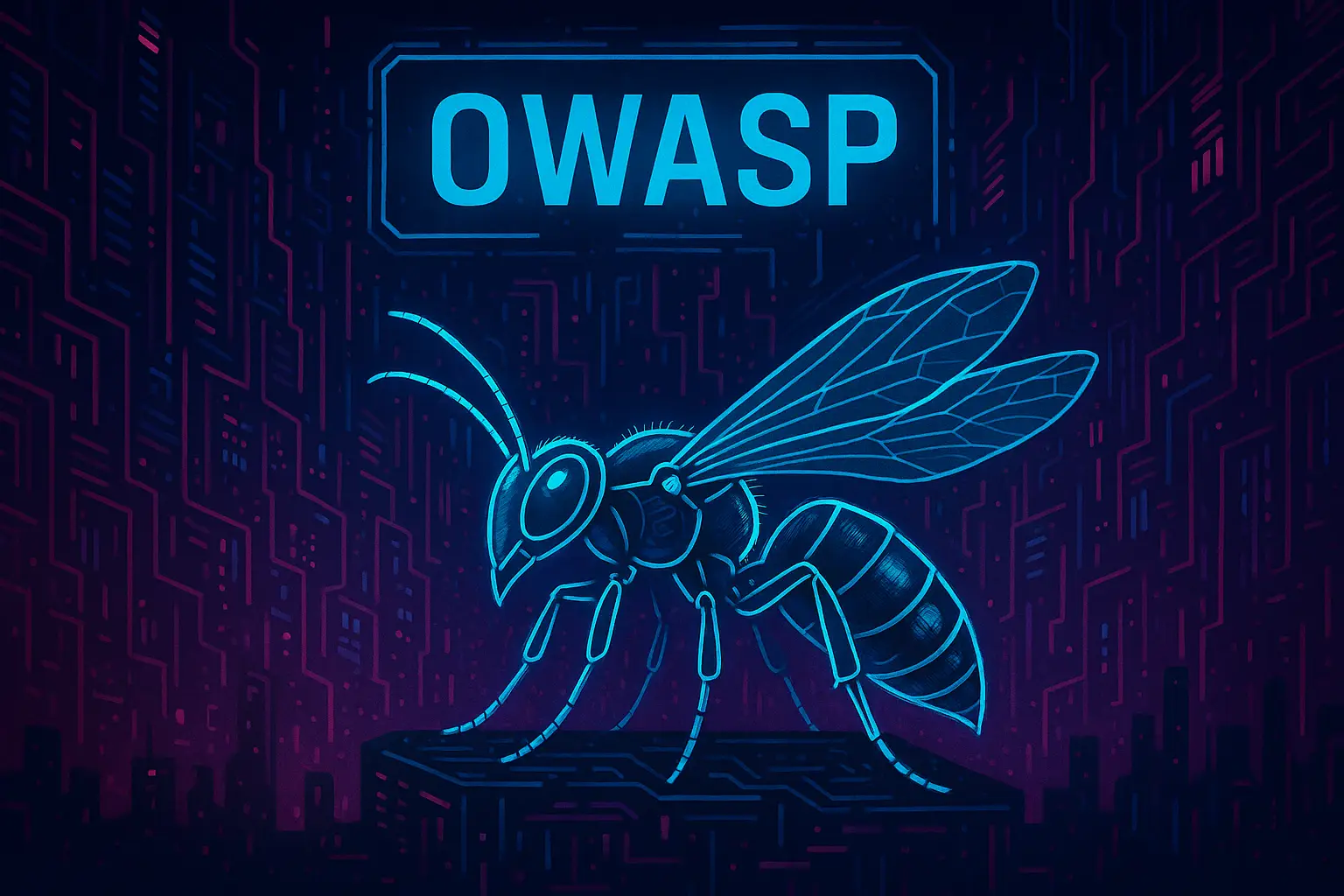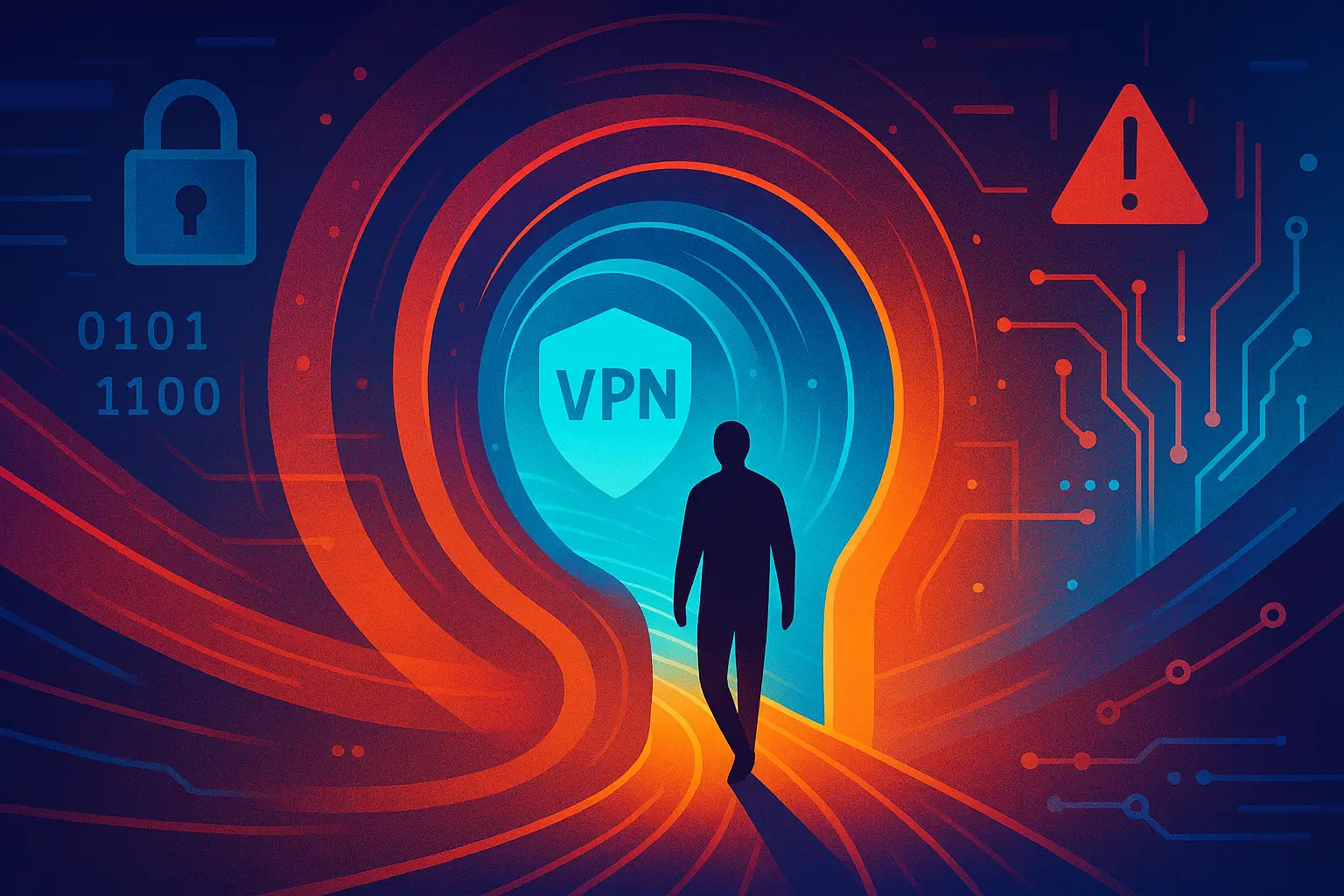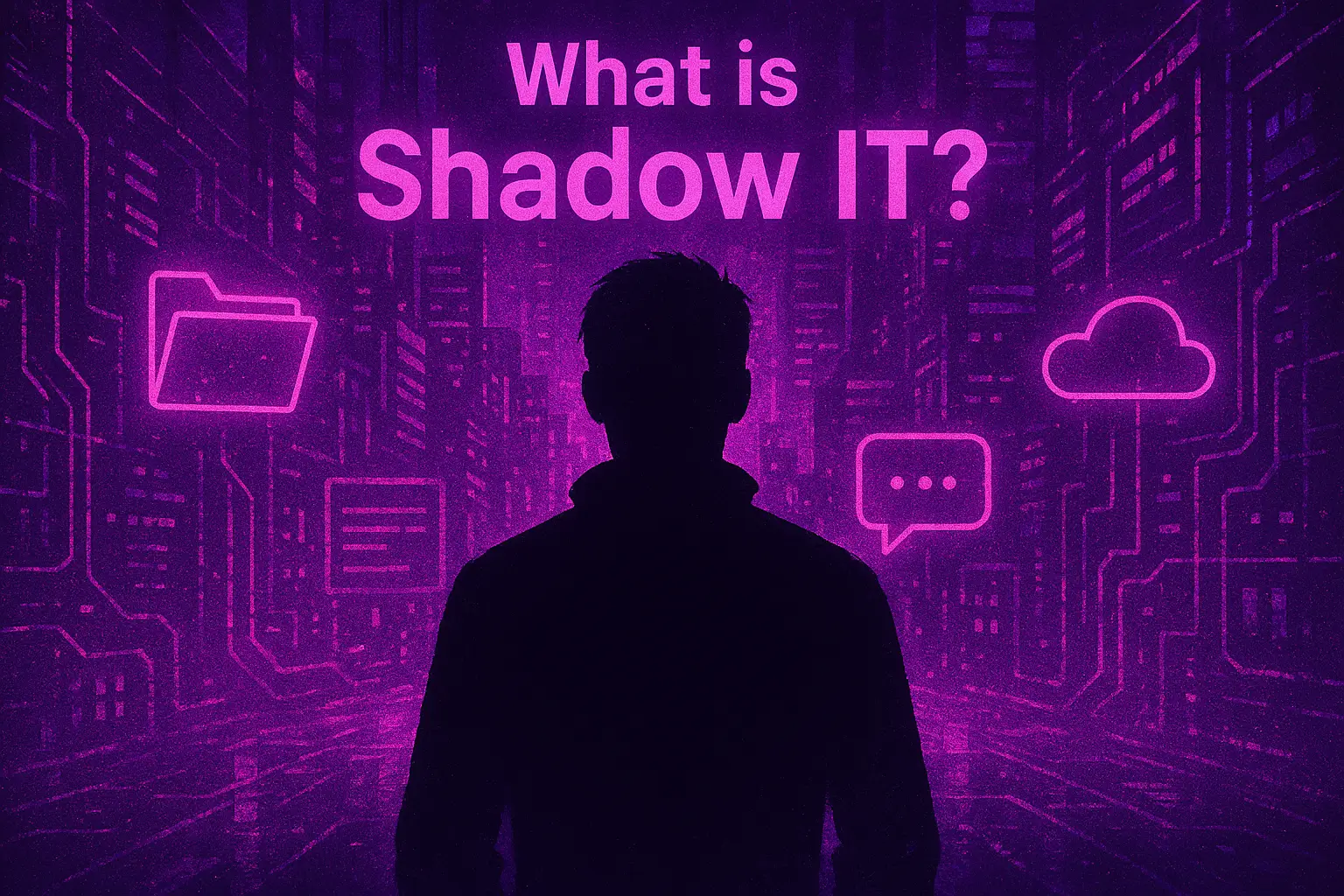Cybersecurity threats are evolving, becoming increasingly sophisticated and adept at bypassing conventional automated defences. While traditional security mechanisms like SIEM alerts, endpoint detection tools, and firewalls remain integral to cybersecurity, relying solely on these reactive measures is insufficient against advanced adversaries. Threat hunting, a proactive approach, emerges as a necessary component to identify threats that have already evaded traditional security solutions, providing a critical defence layer for organisations.
Threat hunting is fundamentally an iterative, human-driven process. It involves meticulously analysing network traffic, endpoint telemetry, and logs to detect and isolate threats proactively. Rather than passively awaiting alerts, threat hunters actively assume the presence of adversaries, systematically exploring the environment based on informed hypotheses derived from threat intelligence, anomaly detection, or observed attacker behaviours.
First Step: The Hypothesis
An essential first step in threat hunting is forming a well-defined hypothesis. A hypothesis in this context is an educated assumption about potential threat activity, shaped by threat intelligence, adversary tactics, techniques, and procedures (TTPs), or observed anomalies within the environment. For example, threat hunters might hypothesise that attackers exploit legitimate system utilities—”living off the land” techniques—to mask malicious activity. Another hypothesis might explore potential credential theft attempts prompted by unusual login patterns or abnormal activities involving credential management tools. Alternatively, analysts could theorise that attackers are covertly exfiltrating data via atypical network pathways.
Following hypothesis formulation, the threat hunting process involves comprehensive data collection and detailed analysis. This stage is pivotal, requiring aggregation and careful examination of data drawn from endpoints, network devices, security logs, and cloud environments. For instance, when investigating the use of legitimate system tools by attackers, threat hunters might specifically collect Windows Event Logs, endpoint telemetry, and PowerShell execution data to uncover anomalies in administrative tool usage. Each hypothesis guides the data collection, ensuring a structured and targeted approach.
Detection and investigation constitute the next critical phase, where collected data is scrutinised for signs of malicious activity, known as indicators of compromise (IoCs). Threat hunters employ advanced techniques such as forensic analysis, anomaly detection, and behavioural analytics to identify subtle deviations from expected patterns. For example, analysts might discover abnormal login activities outside regular business hours, unusual geographic locations, or suspicious spikes in credential-related tool usage in scenarios involving suspected credential theft. Such insights enable rapid validation or refutation of the initial hypothesis.
When threats are conclusively identified, swift response and remediation actions are essential. These may include immediate isolation of affected endpoints, revocation of compromised credentials, and updating security policies and configurations to mitigate future risks. For instance, in cases of suspected data exfiltration, identified threats might trigger immediate endpoint isolation, credential resets, and modifications to firewall rules to prevent further data leakage.
Vulnerability Scanning, PenTests, & Threat-Hunting
It’s essential to distinguish threat hunting from cybersecurity practices such as vulnerability scanning and penetration testing. Regular vulnerability scanning involves automated, periodic checks for known vulnerabilities and misconfigurations, providing foundational cybersecurity hygiene. Annual penetration testing involves expert-led simulations of attacker behaviour, testing systems for exploitable weaknesses, and offering valuable insights limited to a specific moment. In contrast, scheduled and structured threat hunting provides continuous, ongoing monitoring and proactive exploration, capable of detecting advanced persistent threats, insider threats, and sophisticated adversarial tactics that both vulnerability scans and penetration tests might miss.
The proactive nature of threat hunting significantly reduces attacker dwell time—the critical window between an initial breach and detection. Recent studies by organisations like the Ponemon Institute and IBM highlight an alarming average dwell time exceeding 280 days. Organisations practising structured threat hunting dramatically minimise this risk, reducing the potential severity of incidents by identifying and neutralising threats swiftly and effectively.
A Case in Point
A compelling example of the effectiveness of threat hunting is a recent engagement conducted by Cyber Defence’s SOC365 team for a mid-sized legal firm. Despite robust SIEM and endpoint protection measures, our proactive threat hunting uncovered signs of an attacker using legitimate administrative tools to evade traditional detection methods. Careful analysis of unusual remote desktop activities and command-line executions enabled rapid threat identification and containment, averting significant data exfiltration and operational disruptions.
Ultimately, successful threat hunting requires fostering a proactive, investigative culture within the cybersecurity team. Effective threat hunters blend rigorous analytical capabilities with creativity and curiosity, continuously questioning assumptions and exploring anomalies. Integrating timely threat intelligence, promoting critical thinking, maintaining flexible investigative methodologies, and emphasising continuous learning and skills development form the backbone of an effective threat-hunting culture.
In Part 2 of this series, we will explore structured threat-hunting frameworks and methodologies, exploring how organisations can develop effective playbooks and leverage established standards like the MITRE ATT&CK framework.






